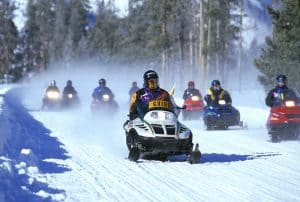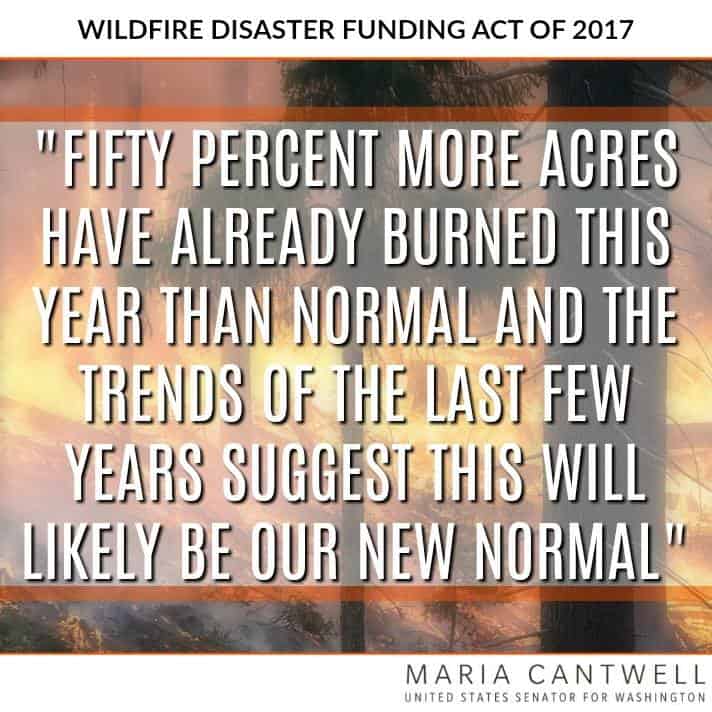Ten Lakes Snowmobile Club v. U. S. Forest Service
(Mentioned by Brian Hawthorne here, with links to an article and the opinion.)
This case was about the decision in the 2015 revised Kootenai and Idaho Panhandle National Forest plans to recommend (to Congress) areas for wilderness and to manage them to protect their wilderness values. The Montana district court upheld the forests’ wilderness evaluation methodology, and their decision that effects on several wildlife species warranted prohibition of motorized and mechanized activities in the recommended wilderness areas (RWAs). It also reiterated precedents that the Forest Service may choose to manage non-wilderness areas similar to designated wilderness. It found that the EISs included proper no-action alternatives, and that the Kootenai properly coordinated with the Glen Lake Irrigation District (and did not have to be consistent with their “Natural Resource Plan.”)
Existing policy is that areas recommended for wilderness designation will be managed to prohibit activities that would “reduce the wilderness potential” or “compromise the wilderness values” of the area. At issue is the role that Forest Service Region 1 policy played in the decision to exclude over-snow vehicles and mechanized use from these areas; specifically whether it improperly influenced the required site-specific analysis for each area. Plaintiffs argued that the policy “created an inflexible prohibition of all motorized and mechanized travel in the RWAs.” The court found this argument to be “unfounded and purely speculative,” and, “The record demonstrates that the FEIS in the Kootenai and Panhandle Forests considered site-specific impacts of motorized and mechanized vehicles.”
Plaintiffs also challenged decisions to manage areas as recommended wild and scenic rivers. The court found that the Forest Service violated NEPA by including two creeks that had not been considered in any alternatives in the planning process prior to the final Record of Decision, which was after the public objection process. It remanded the Kootenai plan for the narrowly defined purpose of providing an objection period for that decision for these areas. It did not require a supplemental EIS because the area involved was 0.1% of the national forest which constituted “a minor variation that was qualitatively within the spectrum of alternatives that were discussed in the FEIS.” It did agree with the Forest Service that the creeks meet the requirements of the Wild and Scenic Rivers Act to be considered eligible.

